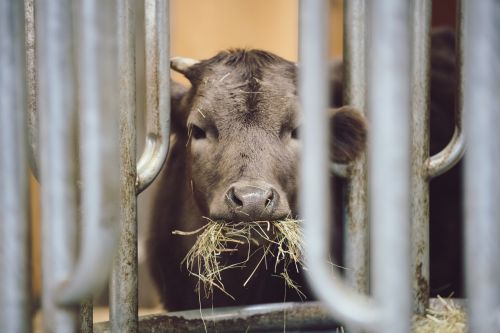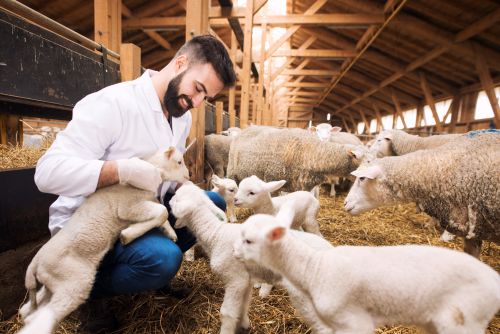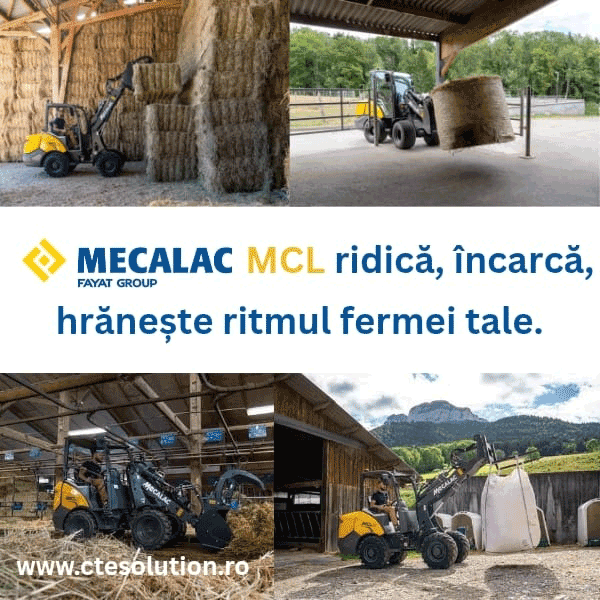680

The Agency for Payments and Intervention in Agriculture (APIA) informs that starting from the application year 2024, in addition to the GAEC 3 standard – the prohibition of stubble burning, the GAEC 10 standard – the prohibition of burning vegetation on permanent grasslands, will also be implemented as part of the conditionality norms that farmers must comply with to access interventions in the form of direct payments and certain rural development interventions and measures.
Farmers who receive support through interventions in the National Strategic Plan NS 2023-2027 must comply with the conditionality norms across the entire agricultural holding and throughout the application year.
By adhering to both GAECs, namely GAEC 3 and GAEC 10, farmers contribute to the reduction of greenhouse gas (GHG) emissions from agriculture by prohibiting the burning of stubble, dry vegetation, and vegetative residues on arable land as well as vegetation on permanent grasslands.
The GAEC 3 standard is applicable to all agricultural holdings and must be respected by all farmers who have arable land at their disposal. Farmers using arable land must not burn stubble and/or vegetative residues resulting from crop harvesting (cereal straw, protein plant stalks or potato vines, corn cobs, sunflower stalks, rapeseed, etc.).
The GAEC 10 standard applies to all permanent grasslands nationwide.
Vegetation on permanent grasslands includes dry vegetation on pastures and meadows, stubble and vegetative residues left after grazing or hay harvesting, as well as invasive vegetation or harmful vegetation to the grass cover on permanent grasslands.
The primary objective of the GAEC 3 and GAEC 10 standards is to maintain the level of organic matter in the soil.
To strengthen the measures for verifying farmers' compliance with GAEC 3 and GAEC 10 standards, APIA signed Collaboration Protocol No. P272/11.04.2023 //3179/20.04.2023 //92433/20.04.2023, regarding monitoring actions of farmers' compliance with the conditionality norms concerning the prohibition of burning dry vegetation on arable land and permanent grasslands located in Natura 2000 sites, with subsequent amendments and completions, based on which the parties commit to collaborate to increase the efficiency of control actions.
Thus, the Agency for Payments and Intervention in Agriculture, the National Environmental Guard (G.N.M.), and the General Inspectorate for Emergency Situations (I.G.S.U.) prepare informative materials (posters, leaflets, posters, press releases, etc.) regarding the prohibition of stubble and dry vegetation burning on arable land and permanent grasslands and distribute them to their subordinate county structures for dissemination to the public as part of public information campaigns.
If it is found that a certain parcel within the holding has been burned, and the burning is due to unknown causes, to avoid penalties, farmers can promptly present to the local/county APIA Center where they submitted the application a copy of the Intervention Report drawn up by the County Inspectorate for Emergency Situations or a copy of the complaint filed with the Police station in the area where the burning occurred, and after the investigations are completed, they must also present a copy of the document resolving the complaint.
Failure to present these documents results in penalties for non-compliance with GAEC 3 and GAEC 10 standards.
The documents must be prepared before the control and must be valid at the date of the control.
For more information regarding the conditionality norms, please refer to:
Order MADR/MMAP/ANSVSA No. 54/570/32/2023 for implementing the norms regarding conditionality in the framework of interventions in the form of direct payments and certain interventions and measures for rural development, starting from the application year 2023, with subsequent amendments and completions;
The Farmer's Guide regarding conditionality, posted on the APIA website: www.apia.org.ro . APIA assures all farmers of support, involvement, and commitment! (Photo: Freepik)





